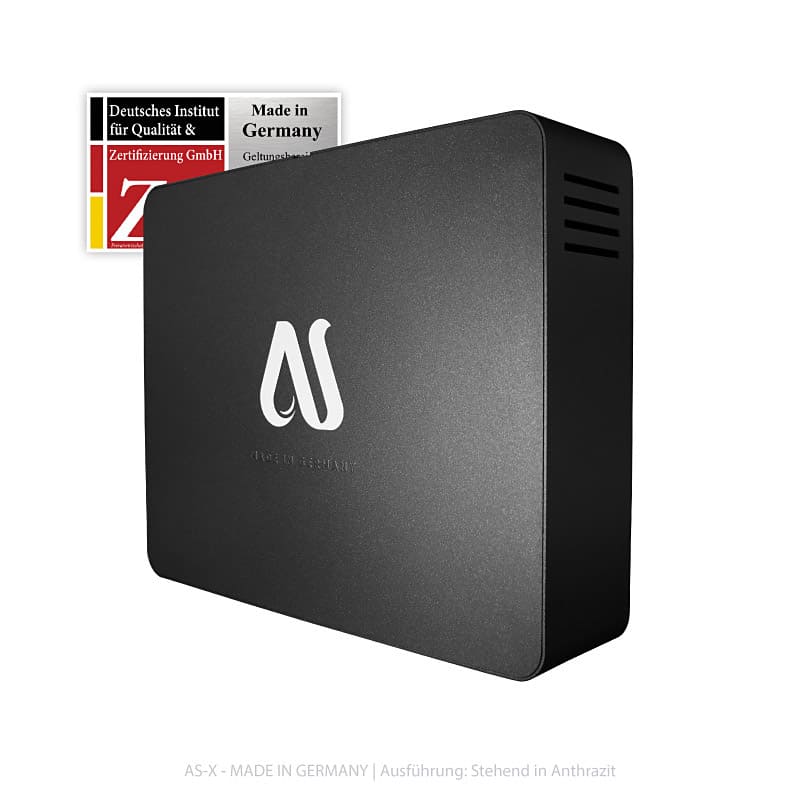The faucet water that comes from your faucet is great. Get yourself a filter or perhaps a filter. Which of these two sentences tend to be more true? Are both partially true.

In many places, regular faucet water does not taste good. Elsewhere, regular water has tiny amounts of substances you will not want to drink – and over a very long time might have an effect on you.
There are several types of potential issues in regular water. Even when your city provides good water, it requires to travel further through old pipes en route to the house.
By using a whole-house filter, shower heads and faucet screens don’t clog. Whole-house filters are apart from mineral water filters.
All reverse osmosis water systems require both sediment and carbon pre-filters. All filters have to be changed. Intend on changing sediment and carbon filters each or sooner, and ro membranes every 2-3 years.
The toughest aspects of installing water filters are connecting for the supply side in the water to your house, connecting into a drain line for the waste water, and installing a clean water faucet on to your sink. The remainder of a purification installation is not hard.
You might need a plumber, or to buy a system where they are going to set it up in your case. The very best systems have clear plastic casings, to help you see how dirty the filters get. The top systems also have standard-sized replacement filters, and that means you don’t need to buy tiny, expensive, and proprietary filters.
Ro water filters require both a sediment as well as a carbon filter in front of them, to screen out your dirt and a lot with the junk, prior to water enters turned around osmosis filter.
A sediment filter blocks particles larger than a couple microns.
The water passing through activated carbon blocks still has some particles, chlorine, nitrates, fluoride, and other dissolved junk. Step 2 for top quality water is a reverse osmosis filter.
Reverse osmosis filters force water through 0.0001 micron-wide holes, through semi-permeable membranes. Long sheets of membranes are sandwiched together and rolled up around a hollow central tube in a spiral.
Overturn osmosis filter removes 99% with the remaining junk in the water. It requires almost anything out, perhaps the magnesium and calcium in water. Frequently a smaller carbon filter is used following your reverse osmosis filter, to further improve the taste and catch a little more of this 1% of junk turned around osmosis filter lets go though.
Reverse osmosis water filters generate waste water, and they also produce just a few drops of unpolluted water each and every minute. That is why, most ro systems use a storage tank to amass water. All ro systems have a drain line for waste water, that is “wasted”. The waste water can be used plants, dumped to waste, etc.
Ultra-pure water can grow algae very easily. Whenever you take chlorine as well as other nasty stuff out of water, tiny microbes and sunlight can combine to make a perfect environment to develop harmless algae.
The grade of water filtered by doing this is cleaner than even mineral water. Many people think pure water tastes flat. Some individuals include a tiny level of sea salt to pure water. Personally, no salt should be used, pure water tastes like water should.
The net has baseless scare stories regarding how ultra pure water is dangerous. Hogwash. If you inject pure water, it might hurt you. Drinking pure water doesn’t hurt anyone unless they’re fasting.
The minute that pure water hits the mouth it’s no longer pure. Absolutely nothing is better to create coffee, cooking, and ice cubes, than using pure water.
To get more information about Reverse Osmosis System Made in Germany go this webpage: read this
